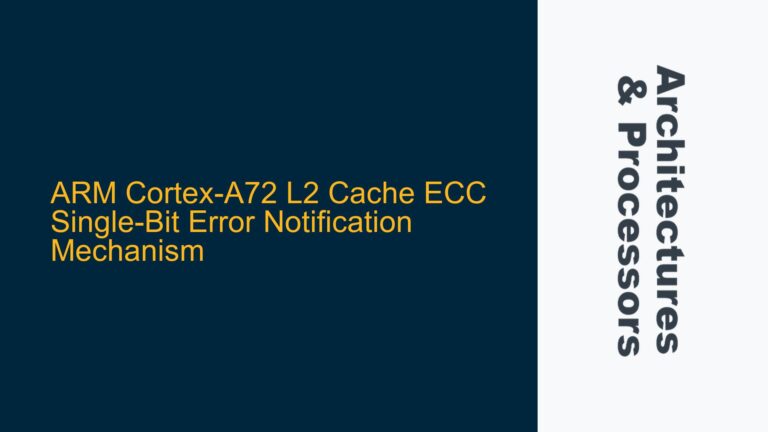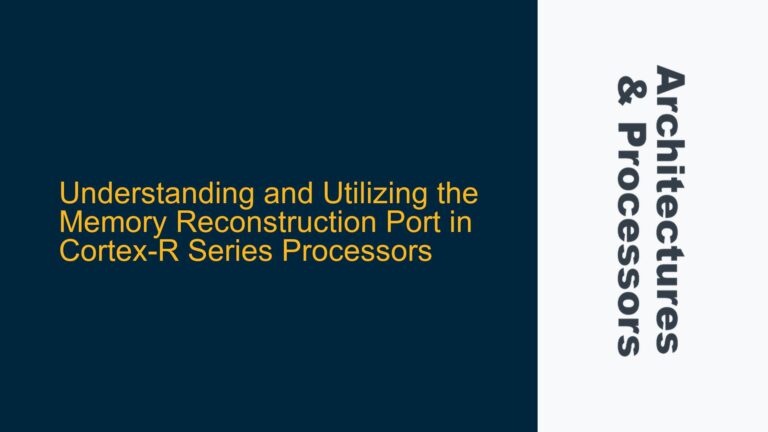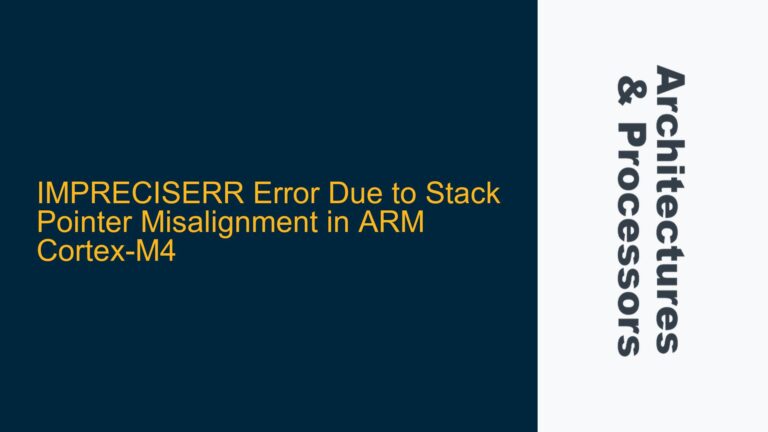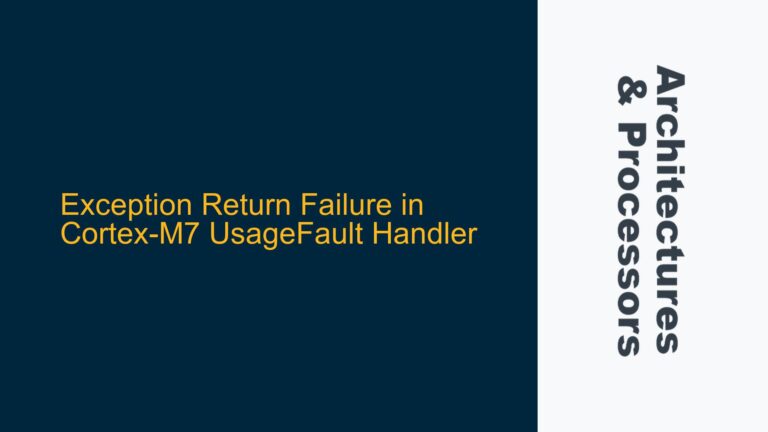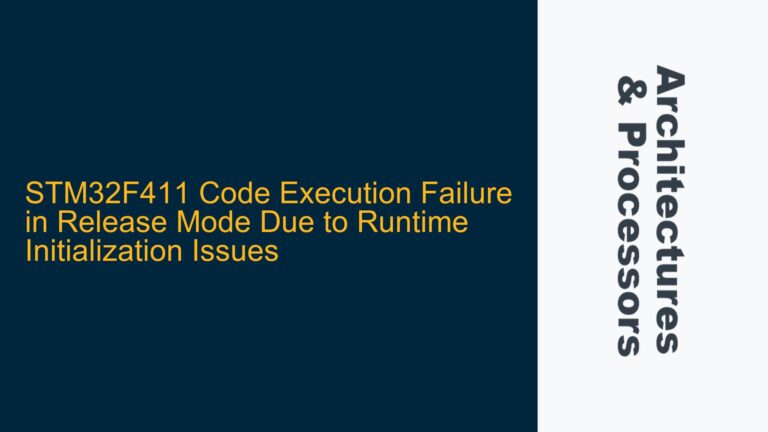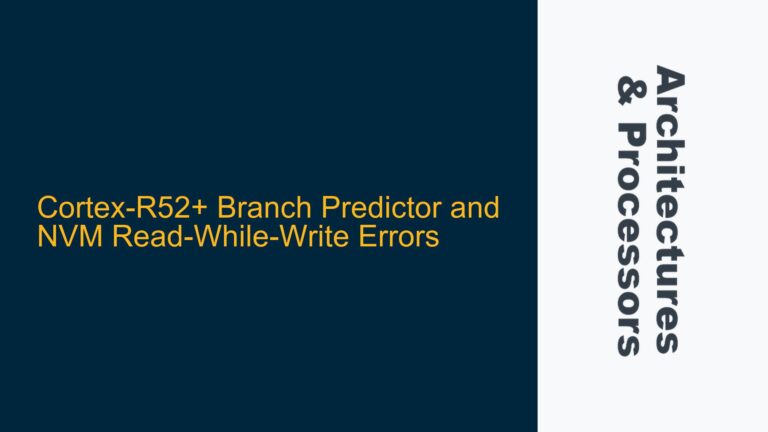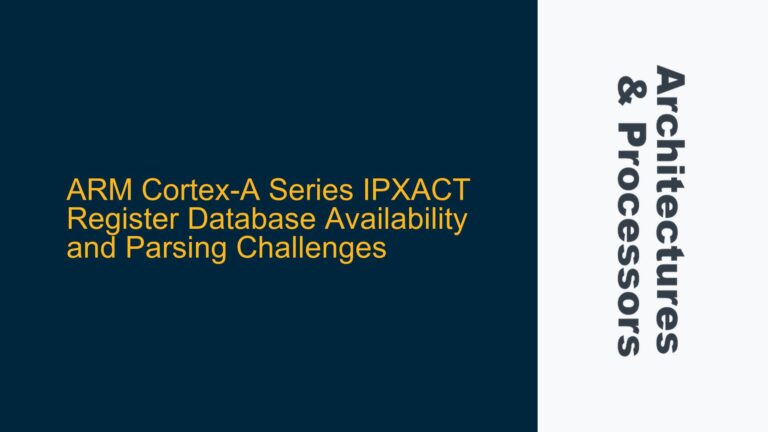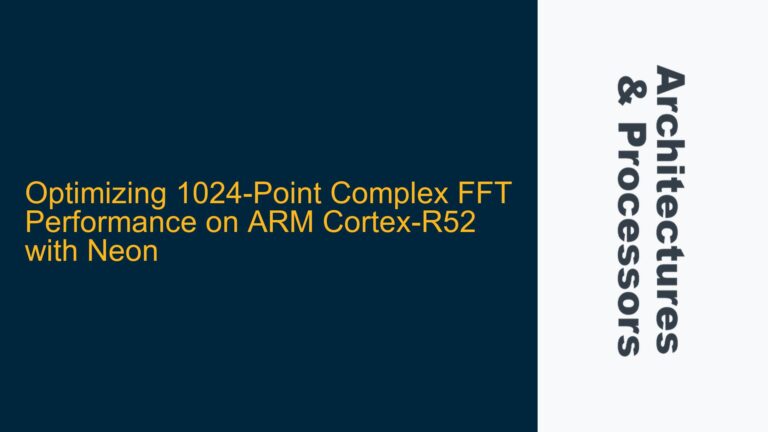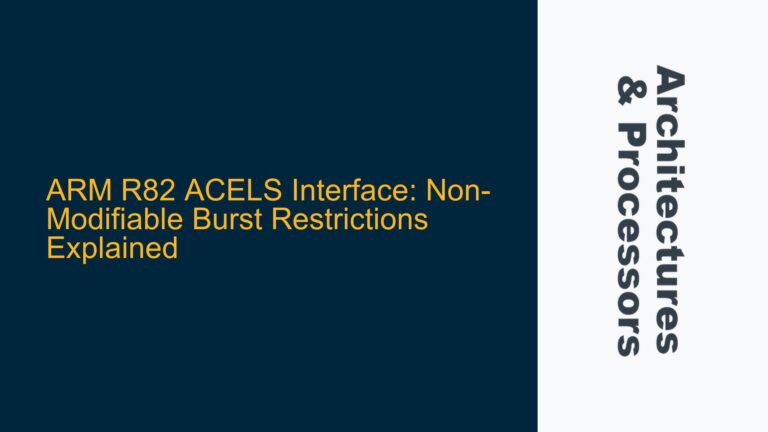ARM Cortex-A72 L2 Cache ECC Single-Bit Error Notification Mechanism
L2 Cache ECC Single-Bit Correctable Error Notification Mechanism The ARM Cortex-A72 processor incorporates Error Correction Code (ECC) mechanisms within its L2 cache to detect and correct memory errors. ECC is critical for ensuring data integrity, particularly in safety-critical and high-reliability systems. The Cortex-A72 L2 cache ECC system can handle both single-bit correctable errors and double-bit…
